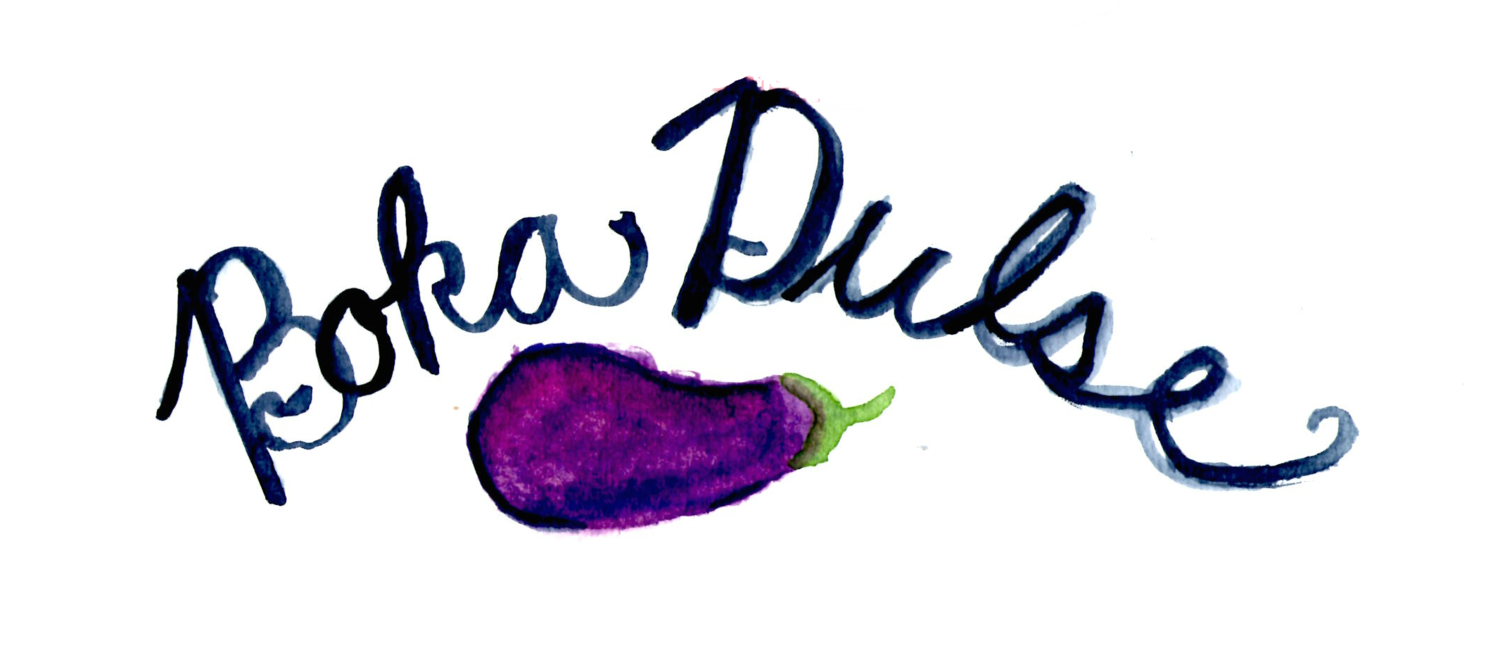Teaching Artifacts
America Ferrera, Hola!USA
Multiliteracies Lesson Plan: El referendum de Chile, 1988 y hoy
This multiliteracies lesson plan targets the use of preterit forms through the exploration and analysis of the historic referendum in Chile in 1988 and the recent one of 2020. Instead of prioritizing direct translation, this lesson rather emphasizes the negotiation of meaning through student interpretation of two mini-documentaries and photos about the referenda. The lesson starts with a student poll about their own voting practices and opinions on the importance of voting. Afterward, students discuss the historical and cultural context of the referenda with the class, considering together what this event means for Chilean people. These first parts of the lesson seek to contextualize preterit use within students’ own experiences and their discussion of historical events, after which students are paired to analyze photos of Chileans participating in voting in the referenda. Students are then asked to apply their understanding of the preterit by writing a schedule of the events of the day from the perspective of one of the people in the photo. They work in pairs to reconstruct the day and then re-write the schedule as a story, both from the first-person perspective of a Chilean who lived experienced the event. At the end of the class, students present their stories to the class. As this is a lesson plan based in the multiliteracies approach, its goal is to not only enable student use of the preterit, but also to generate student discussions in Spanish around these important events in past and more recent Chilean history, as well as to encourage students to think critically about how the preterit is used in these real-world contexts.
El Rastro, Madrid, Time Out Magazine (2014)
Meaning-Oriented Instruction of Language Forms: America Ferrera y la representación latina en Hollywood
This form-focused lesson is based on an interview with America Ferrera from Hola!USA magazine from May 2019. In this lesson, first-semester Spanish students interpret and analyze the use of adjectives within the context of America Ferrera’s responses in the article, before applying these forms by writing and presenting their own descriptions of someone close to them. Students learn how to identify and apply adjectives to descriptions, as well as to connect adjectives with their corresponding substantive forms as qualities, through textual interpretation. The lesson also culminates in an interpersonal activity, in which students must ask each other questions about the people in their descriptions, employing descriptive forms in spoken Spanish as well as written Spanish. While the lesson focuses on the meaningful teaching of forms, it also raises important questions around the representation of Latinx communities in Hollywood to which students are encouraged to respond with their own opinions in the target language. In this way, students will not only expand their descriptive vocabulary, but also apply it to the discussion of thoughts and feelings, as well as to people.
Voters casting ballots in the referendum in Chile in October 2020, from Martin Bernetti/Agence France-Presse — Getty Images
Subjunctive Assessment: Seis Meses Sin Rastro
Below are screenshots of a practice assessment based on the Spanish video Seis Meses Sin Rastro by the online Spanish news outlet Newtral. This assessment is intended for Spanish 1022 students who are taking the class via Zoom. It aims to evaluate and improve students’ understanding and application of the subjunctive phrases used to express doubt. After having students watch the video two times, the assessment progressively builds from fill-in-the-blank questions regarding the correct conjugations of verbs to more open-ended written-response questions that ask students to use subjunctive forms in expressing their own statements of doubt. The assessment culminates in a prompt to write a letter to the Ayuntamiento of Madrid from the perspective of a disgruntled Rastro vendor, expressing doubt about the city government’s plans to re-open the market under COVID restrictions, asking students to apply subjunctive expressions of doubt from a first-person perspective. While this is a practice assessment that was originally used as an assigned comprehension check, it draws its inspiration from real-world applications of statements of doubt and use of the subjunctive while incorporating cultural emphasis on Spain, the geographic focus of the textbook chapter in which the subjunctive is also explored. A rubric for evaluating the written response to the final question is also included.



